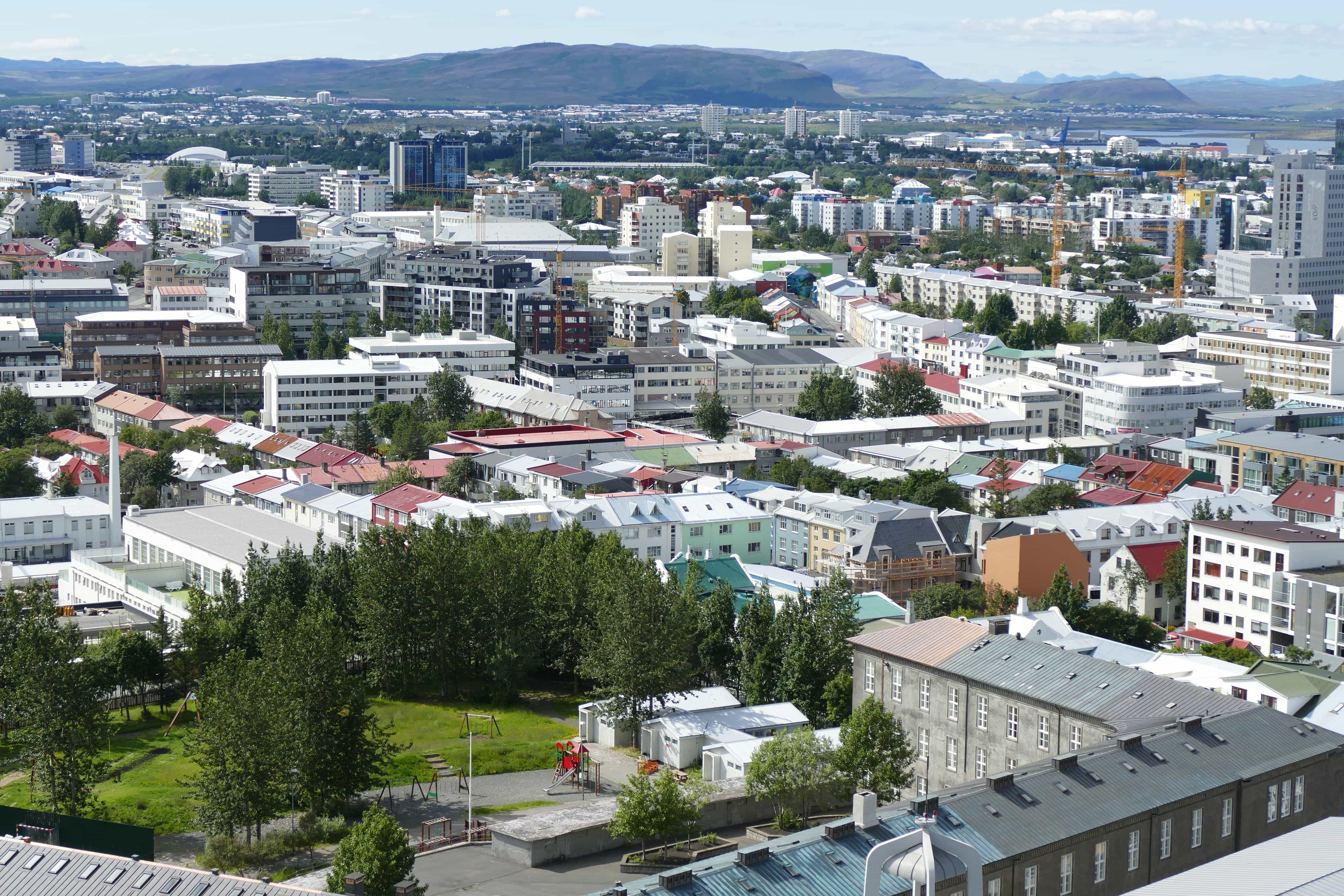The annual surveys on the diffusion of information and communication technologies in French society (renamed Digital Barometer in 2015) have highlighted, over the years, disparities in usage and skills related to territories and the size of agglomerations.
Attention has long focused on the " digital divide" between rural and urban areas.
Over the years, these surveys have shown a gradual reduction in the gaps between "cities" and "countryside" in terms of both digital uses and skills.
While the devitalization of medium-sized cities is making a comeback in the public debate, and the government is announcing a plan for medium-sized cities in 2018, attention is now shifting to these " intermediate poles " that constitute urban areas of 20,000 to 100,000 inhabitants.
Medium-sized cities now account for 20% of the population.
As the work of INSEE and France Stratégie shows, medium-sized cities are "dropping out" today: it is in urban areas with more than 500,000 inhabitants that executive jobs are concentrated, positioned in "structurally dynamic professions" and with "strong potential for job creation between now and 2022" (85% of IT engineers, 75% of information and communication professionals, 69% of research staff).
Today, medium-sized cities often find themselves relegated to the shadow of large cities and regional metropolises. Medium-sized cities have one of the highest rates of people who "feel neglected by the public authorities".
Taking into account the place of residence in the Digital Barometer makes it possible to draw up an inventory of the digital practices and skills of the inhabitants of these medium-sized cities, as well as their expectations.
A whole series of indicators suggest that the inhabitants of these medium-sized cities are among those who benefit the least from digital opportunities.
17% of non-internet users in medium-sized cities
Références :
In 2017, the lowest rate of Internet users was observed in medium-sized cities: 83% compared to 88% for the population as a whole (86% in rural areas, 94% in the Paris metropolitan area).
A digital equipment and usage profile close to that of rural areas and small towns
A similar difference is found in the equipment.
In 2017, residents in medium-sized cities are less equipped with cell phones (92%), smartphones (67%), computers (77%), and tablets (41%) than the general population (94%, 73%, 81%, and 42% respectively). They are also less equipped for these types of devices than people living in rural areas.
Services used
null
Residents of medium-sized cities have a profile in terms of uses (e-administration, social networks, online purchases, job searches, exchanges of goods and services between peers) that is closer to that of residents of rural areas and small towns than to that of "urban" residents (more than 100,000 inhabitants and the Paris metropolitan area).
In particular, they are the least present on social networks, at 53% compared to a national average of 61% and 65% in the Paris area.
Residents of medium-sized cities are among those who use online shopping the least; 57% versus 67% in the Paris area. 42% do not buy online for fear that transactions are not secure (36% in rural areas).
A growing skills gap
Their reported skills in using a smartphone (63%), computer (65%) or tablet (56%) bring them closer to rural and small town residents.
In 2007, 49% of residents in medium-sized cities declared themselves competent to use a computer: ten years later, the figure had risen to 65%, an increase of 16%. In the meantime, the proportion of people with the same skills in the general population has increased by 19% (from 52% to 76%) and by 24% in the Paris metropolitan area.
46% of residents in medium-sized cities say that their professional training did not prepare them well to use the Internet, compared to 39% in the Paris region
17% of residents of medium-sized cities find the Internet too complicated to use, compared to 11% in the Paris region.
A lower propensity to adopt new technologies or digital services
28% of residents of medium-sized cities say they are not ready to adopt new digital technologies or services (about the same as in rural areas and small towns), compared to 23% in the national average and 13% in the Paris metropolitan area.
Several indicators even suggest that it is the inhabitants of these medium-sized cities who benefit the least from digital opportunities.
A sense of digital exclusion
A question introduced by the Agence du Numérique in 2017 aimed to capture what digital tools bring to people, and this in four spheres: professional life, everyday life, civic life and leisure ("Regularly, digital tools offer their users new services and new features. How do you personally benefit from the possibilities offered by new technologies?)A high proportion of people living in medium-sized cities declare that they"do not take advantage of the opportunities offered by digital technology at all": 34% in their professional life (compared to 26% in the general population), 29% in their everyday life (compared to 26%), 36% in their civic life (compared to 30%), and 32% for their leisure activities.
At the general assembly of the association Villes de France, which groups municipalities with 20,000 to 100,000 inhabitants, Jacques Mézard, Minister of Territorial Cohesion, recalled the main lines of the government's action plan for these territories.
The plan will focus on three areas:
- Acting on the supply of housing to bring people back to the city center;
- to defend the attractiveness of downtown commerce and a real economic development project;
- to turn the centers of medium-sized cities into innovative service platforms.





